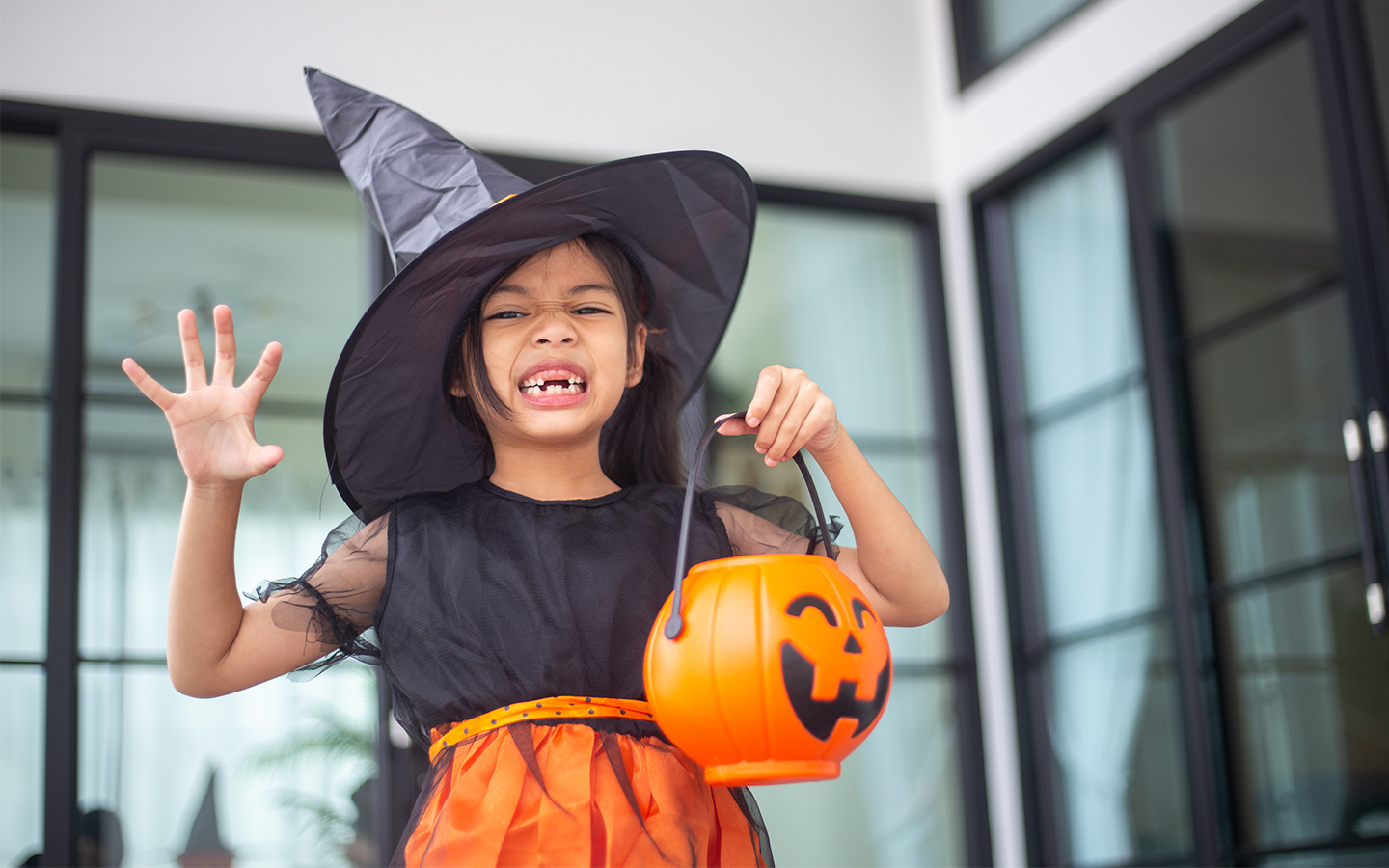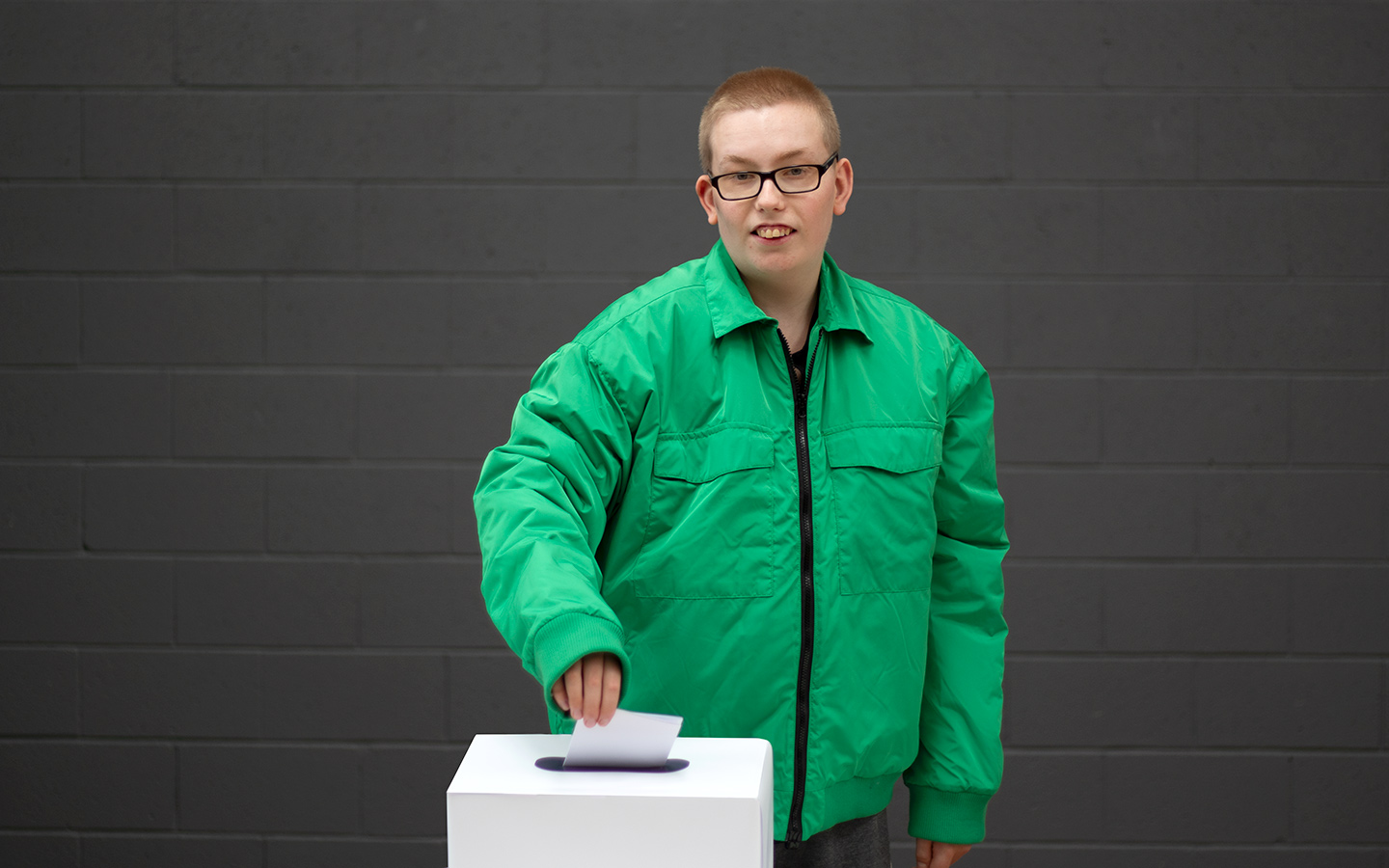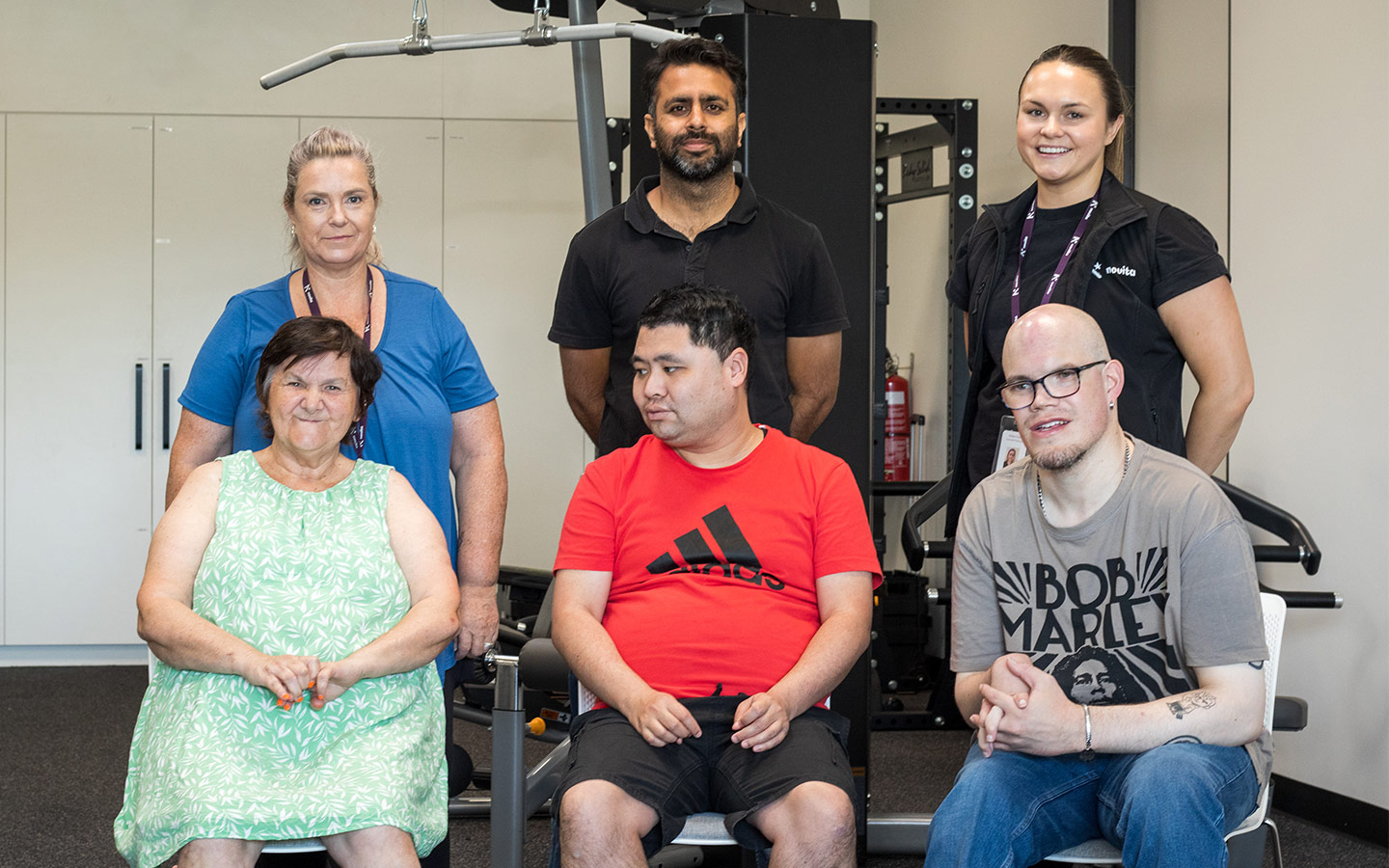Helpful Information
Trick or treat! Tips for an accessible Halloween
access_time18min read

Did you know there are many ways you can make Halloween friendly for everyone? In this article, we have listed some useful tips to ensure your Halloween event is enjoyable and comfortable for people with disability.
Halloween should be a fun and exciting day for everyone. It is an opportunity to be creative, dress up and socialise. For people with disability, Halloween can sometimes be challenging due to different sensory needs and adjusting to change (i.e., people around them wearing costumes). However, this should not be a reason to miss out on a fun and new experience. With the right preparation and a few adjustments, Halloween can be an accessible and great day for all. From sensory needs to tips on trick or treating, we have covered everything you need to know about creating an accessible Halloween below.
Tip 1: Trick or treating doesn’t need to be tasty
Trick or treating is often associated with receiving lollies or sweet treats on Halloween. For people who cannot chew or swallow lollies, or have food intolerance, this activity could be a potential choking hazard. If you intend to take a group of trick-or-treaters out, or are holding your own Halloween party, we recommend offering alternative treats so that everyone can feel included in the fun. Here are some suggestions:
- Fidget toys
- Stickers
- Adhesive temporary tattoos
- Small plush toys
Tip 2: Preparing early through visual supports
For some people with disability, adjusting to change can sometimes be a challenge. Before an event like Halloween, which can involve a lot of different people and settings, we suggest putting together a ‘social story’, so people know what to expect on the day. A ‘social story’ is a step-by-step guide using images and simple language which visualises what to expect at a certain event or occasion. Here is an example of a social story below:
- Describe the event location – what does it look like and what time of day will it be?
- Once they have arrived at the event location, describe what they will see (i.e., people in costume), what they will hear (i.e., music on the stereo), and who they will see (i.e., their friends, family and perhaps some strangers).
- Once they are at the event, provide some prompts for what they can do if they feel uncomfortable or if they need some support if they are feeling overwhelmed. Provide some visuals of who their support person will be and how they will be dressed on the day.
It is important to provide a step-by-step guide of the day to prepare and adjust for any change. By using visual prompts and examples, people with disability can feel more at ease when meeting new people and going to a new place. It is also pertinent to ensure that you indicate who the support person/team is in your social story.
Tip 3: Cater to different communication styles
For individuals who experience communication difficulties, it’s important to ensure that you provide different options of how they can communicate and express themselves ahead of any events. You can do this by recording a message onto a Step-by-Step communicator or saving the message in their communication device. Some helpful phrases to program or learn would be:
- Trick or treat!
- Thank you for the treats
- Sorry, I do not like lollies
- Can we go home?
- I am feeling scared/upset
- Loud noises are scary, can you please not jump behind me?
- Can you please remove your mask?
- Can we please go somewhere quieter?
Tip 4: Consider an ‘at-home’ Halloween
An ‘at home’ Halloween is a great option if too much change is overwhelming. Trick or treating can still be done with attendees and family members in different rooms or the backyard. Another option could be to go to relatives’ houses so there is still an element of ‘celebration’ without having to go somewhere completely unfamiliar. If you are holding an ‘at home’ Halloween party, consider designating a sensory room or providing noise-cancelling headphones in the case of over stimulation or anxiety. To keep the Halloween spirit, you could consider holding some festive activities. Here are a few examples:
- Baking Halloween treats and pumpkin decorating – cooking is a fantastic way to have fun and socialise with others. Spooky treats include pumpkin bread, chocolate spiders or monster biscuits!
- Game time – keep the spooky spirit going through a range of fun and inclusive Halloween games. These could be Bingo, pin the tail on the witch cat, a DIY decorating table.
- Getting on the dancefloor – The Monster Mash, The Time Warp and Six Little Ghosts are all hallowed tracks to add to your dance party playlist. By holding a Halloween dance party at your home, people can easily socialise and have fun in an inclusive and safe environment. Here is a playlist to get you started!
- Watch some Halloween movies – Another way to get into the Halloween spirit would be to watch some movies together. We recommend using this guide for family-friendly Halloween movies to get started.
Tip 5: Costume choice
Costumes are by the far one of the most fun parts of Halloween. We encourage everyone to express their creative spirit but have some suggestions to keep costumes accessible and comfortable. Here are some tips:
- Choice – pick an outfit prior to the event, so that there isn’t too much change. We would suggest practicing wearing the outfit too, so the person feels comfortable and confident in what they are wearing.
- Sensory needs – consider the person’s needs – do they have skin irritation or a particular issue with a certain texture? Ensure that you have chosen a costume tailored to their needs, not ‘what looks the best.’ By feeling comfortable and assured in a costume, it is likely that the person will have more fun at a Halloween event.
Halloween is a wonderful day to see friends and have fun while also being creative. Through the tips above, we hope you can host an accessible event or dress-up day that will cater to everyone’s needs and preferences. For more information about how to prepare for events, meeting new friends and hosting different activities, read our blog posts.


